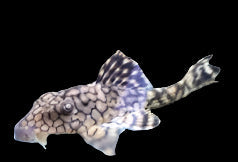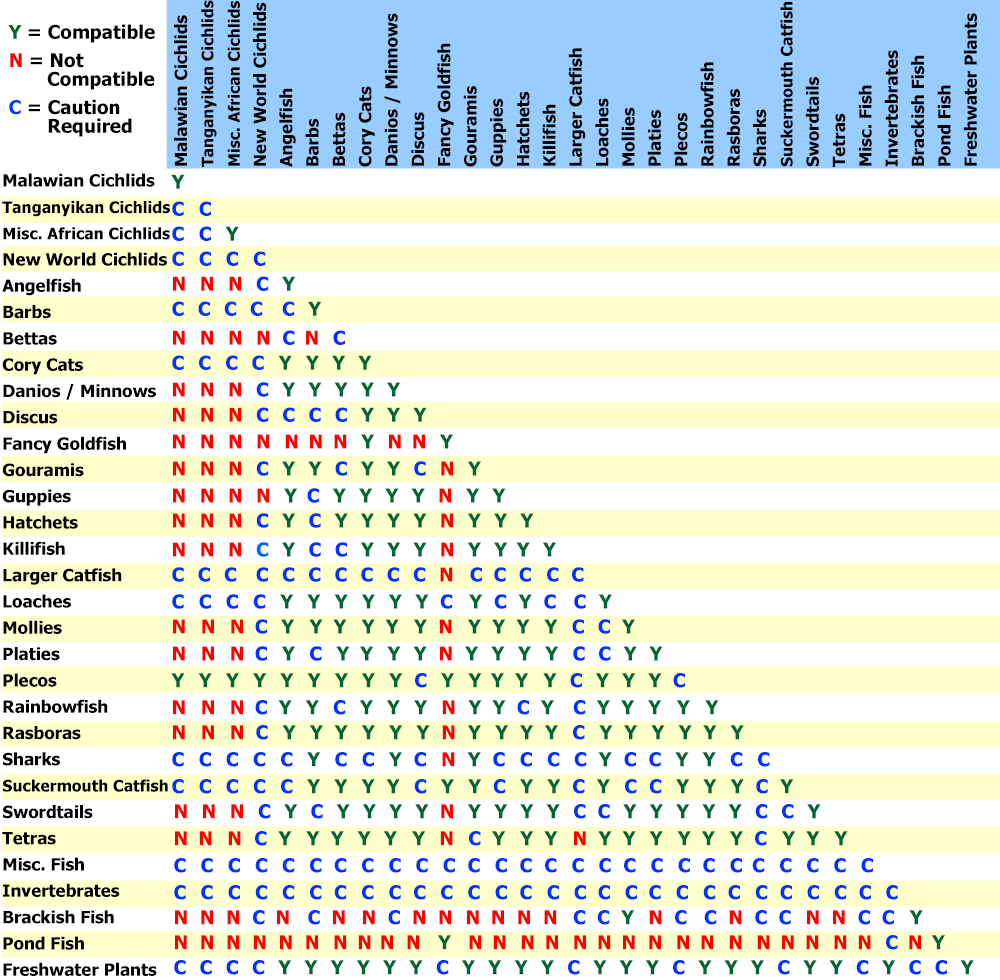Description
Tortoise Shell Pleco (L037) – Natural Camouflage, Unique Patterning
The Tortoise Shell Pleco (L037) is a beautifully patterned pleco species named for its intricate, shell-like markings that resemble a tortoise’s back. With a dark brown to black base color overlaid by golden to tan reticulated patterns, this pleco offers a natural, earthy aesthetic that blends seamlessly into driftwood and rocky aquascapes.
Native to the Rio Tocantins basin in Brazil, the L037 prefers a well-oxygenated, moderately flowing tank with plenty of shaded hiding spots and wood structures to explore. This species is peaceful by nature and can be kept with a variety of community fish. Its calm demeanor and distinctive look make it a popular choice among pleco keepers.
Key Features:
-
L-number: L037
-
Common Name: Tortoise Shell Pleco
-
Coloration: Dark body with intricate, golden-brown tortoise shell-like markings
-
Temperament: Peaceful and shy
-
Size: Grows up to 10 inches
-
Tank Requirements: Minimum 50 gallons with stable, clean water, moderate flow, and lots of hiding places
-
Diet: Omnivorous—accepts algae wafers, sinking pellets, blanched vegetables, and occasional protein-based foods
-
Compatibility: Excellent for peaceful community setups; gets along well with non-aggressive tank mates
The Tortoise Shell Pleco (L037) is a charming and subtly striking species that brings a touch of natural elegance to the bottom of any well-designed aquarium.
Click & Collect
Livestock will only be bagged once you arrive, or if you contact us in advance to request it ready beforehand.
Local Delivery
Order anything from our in-store range and have it delivered right to you.
-
Minimum spend: £50
-
Delivery up to 10 miles: £10
-
Delivery up to 25 miles: £20
Distances are measured “as the crow flies”, not by road.
Once your order is placed, we’ll be in touch to arrange a suitable delivery date and time.
Please note, delivery may take a little longer as we often group orders together to build an efficient delivery run.
Important: If you’re ordering a large aquarium, please ensure someone is available to help unload the van on arrival.
Dry Goods Delivery
-
DX Express: 1 working day, same-day dispatch before noon 0-75kg
-
Express Pallet: 1–3 working days 75-500kg
If you'd like to add more items to an existing order that hasn't yet been dispatched, please place a Click & Collect order and leave a note asking us to combine the orders.
Please note: We currently only dispatch parcels Wednesday to Friday.
Pre-Order
Want the full details? Check out our Terms & Conditions.
Livestock Delivery
Thursday Delivery – £24
-
Dispatched Wednesday afternoon
-
Delivered Thursday before 1pm
-
Order by Wednesday 12 noon
-
Minimum spend: £50
Friday Delivery – £24
-
Dispatched Thursday afternoon
-
Delivered Friday before 1pm
-
Order by Thursday 12 noon
-
Minimum spend: £50
Saturday Delivery – £29
-
Dispatched Friday afternoon
-
Delivered Saturday before 1pm
-
Order by Friday 12 noon
-
Minimum spend: £50
📦 Want to Add to an Existing Order?
No problem! Just place a Click & Collect order and leave a note asking us to link it with your original one (as long as it hasn’t been dispatched yet).
🛒 Dry Goods Now Included!
You can now include dry goods in your livestock delivery – perfect for topping up supplies in one go.
❄️ Please note: We can’t send frozen food with livestock – please order frozen items separately.
⚠️ Delivery Exclusions
Unfortunately, we’re unable to deliver livestock to the following postcodes:
Scotland & Isles:
AB30–AB56, DD8–DD10, DG3–DG9, DG12–DG14, FK17–FK21, KA18–KA19, KA26–KA30, PA20–PA38, PA80, PH3–PH40
Cornwall Isles: TR21–TR25
All of the following postcodes are excluded:
BT, HS, IM, IV, JE, KW
Plus Channel Islands and Shetland Islands
Payment & Security
Your payment information is processed securely. We do not store credit card details nor have access to your credit card information.


